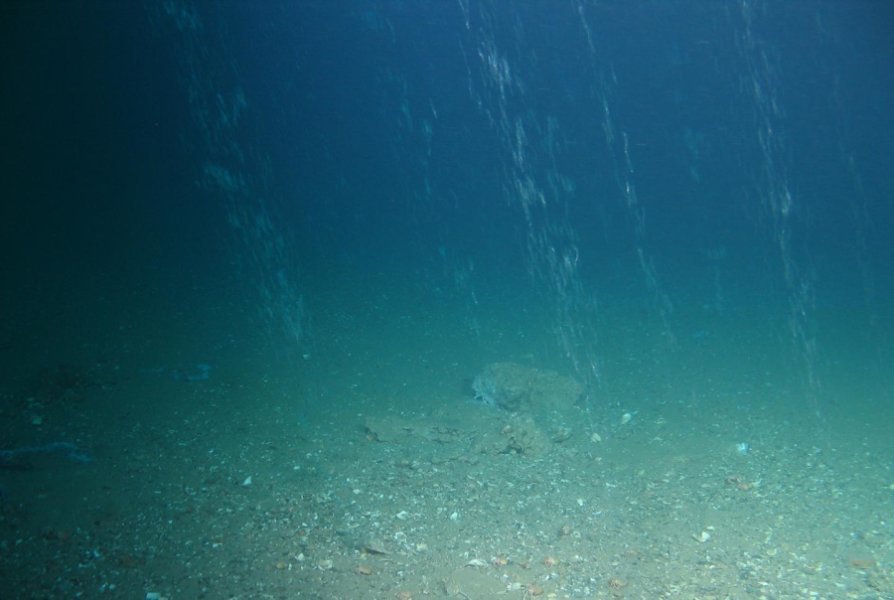
The Royal Society has hosted a science day to study the influence of man-made structures on the marine environment.
Around eighty researchers, academics and industry representatives gathered to hear the latest research findings from UK and European institutions on the subject.
The studies constitute the culmination of the first phase of the INSITE Programme, an oil and gas industry-sponsored joint industry project (JIP).
The goal of the programme is to improve scientific knowledge of the effects of man’s activity on the ecology of the North Sea, particularly as oil and gas infrastructure comes to the end of its working life and a significant number of new offshore wind farms enter into service.
Further studies will build on this two-year foundation phase, using the outcomes to develop a targeted programme of marine research in the field.
Some 98.5% of the North Sea is characterised by a sandy and muddy seabed, in contrast to the greater proportion of hard substrate that existed in the past and is believed to have supported greater biodiversity of the marine ecology.
Man-made structures such as offshore platforms and pipelines are thought to have a role in increasing biodiversity, but research on this has previously been limited.
The objectives of the JIP’s Foundation Phase have been focused on two areas.
The first has sought to establish the spatial and temporal extent of the effects of man-made structures within the changing context of the North Sea ecosystem.
The second has been focused on determining the extent of their connectivity through the provision of a large, inter-connected hard substrate or ‘reef’ system. The projects to date have focused on four key areas:
• Identification, collection, synthesis and analysis of available data
• Generation of new data
• Ecosystem model development, implementation and testing
• Modelling of species’ function and production within the North Sea ecosystem to inform the INSITE objectives.
The institutions who undertook the eight research projects as part of the £2.4million initiative were from Belgium, Germany, the Netherlands, Norway and United Kingdom.
The INSITE science programme was developed by an Independent Scientific Advisory Board (ISAB) and followed a rigorous two-stage assessment process.
Working independently, the ISAB set the objectives for the studies, and determined which projects were selected for funding.
Subject to independent audit, this process was designed to ensure the independence of the scientific outcomes was assured.
A synthesis report by the ISAB on the results of the Foundation Phase is currently in preparation and will be available in late 2017.
Research outcomes will be published in peer-reviewed journals in 2018.
Recommended for you
